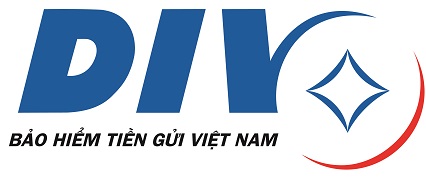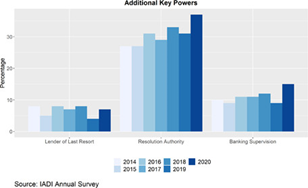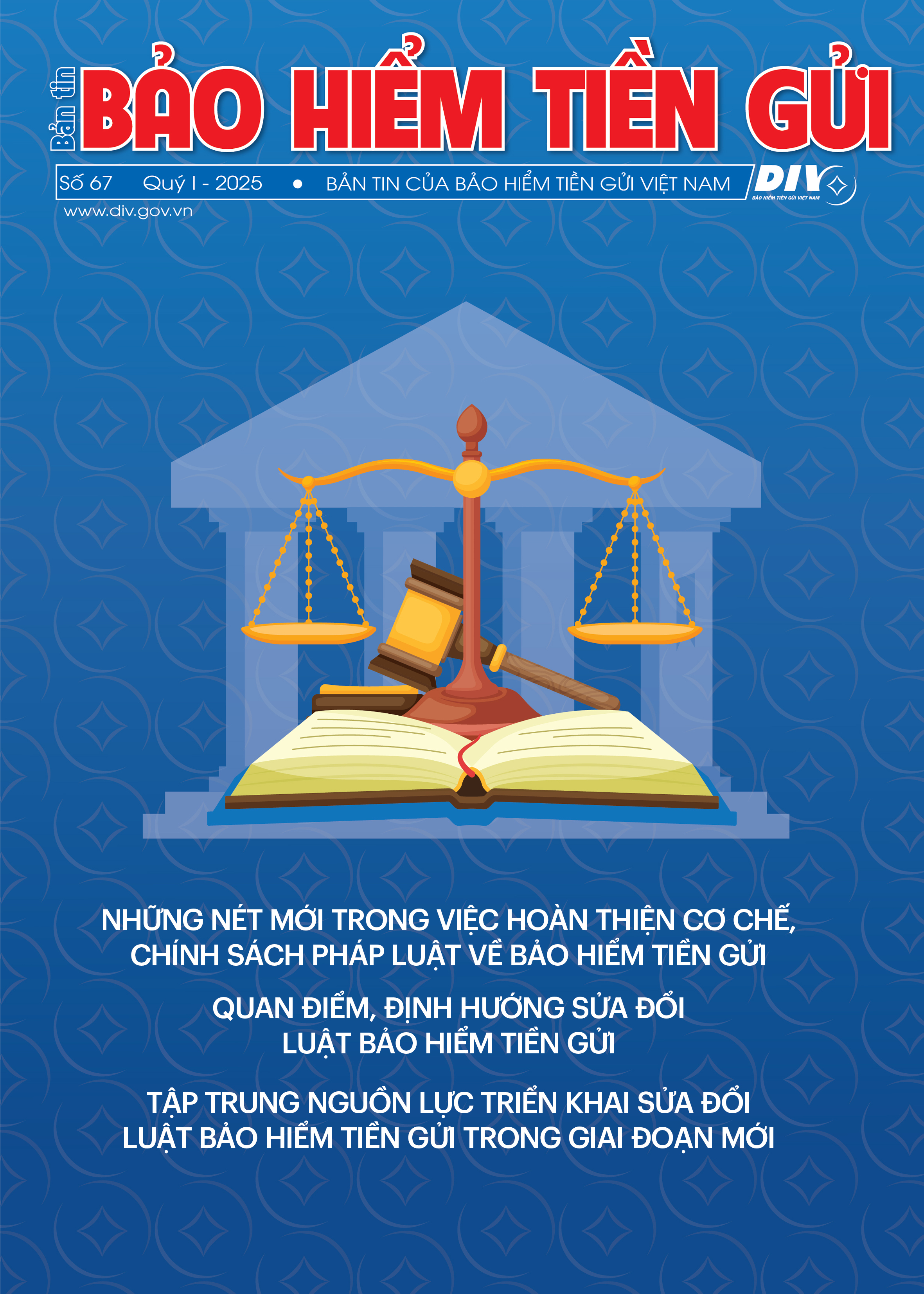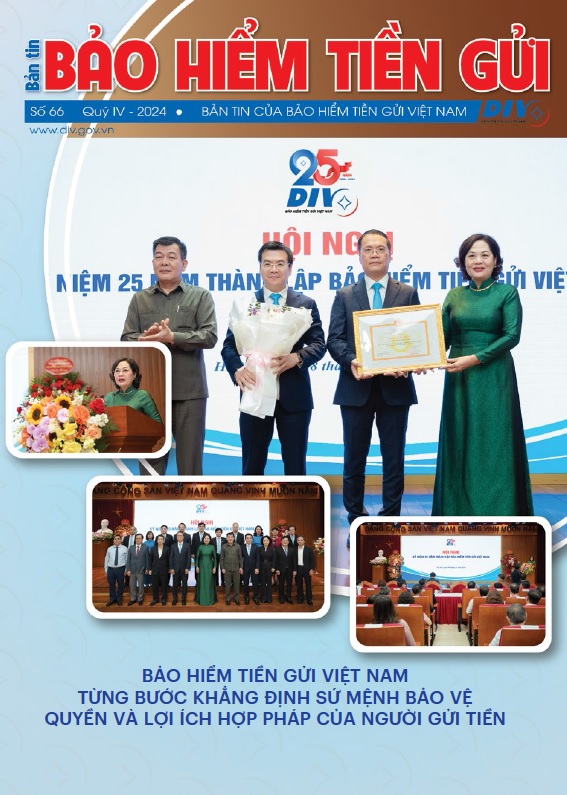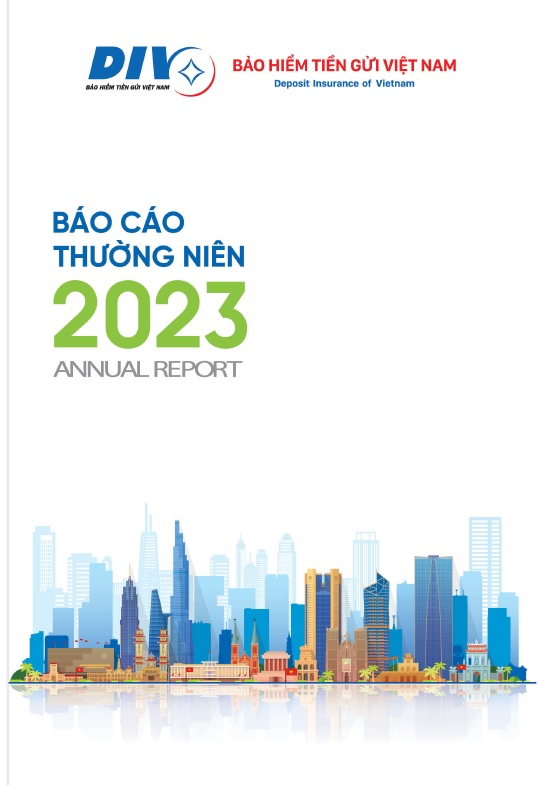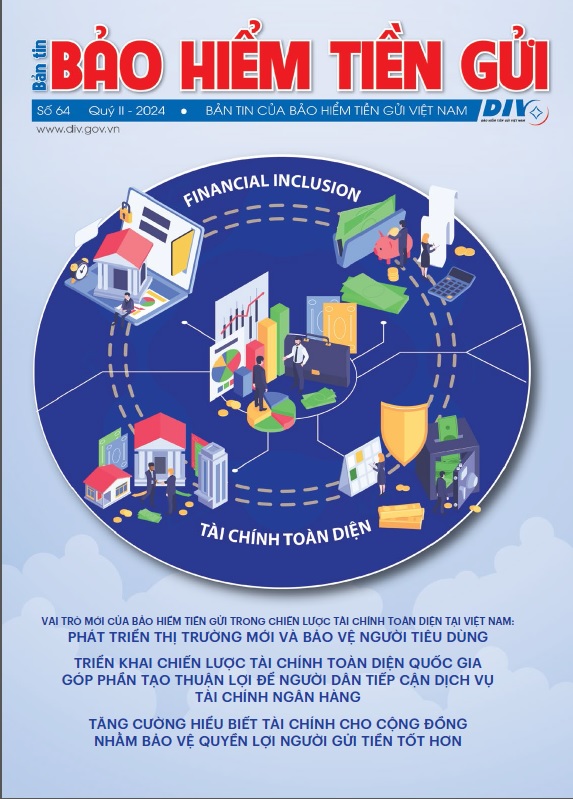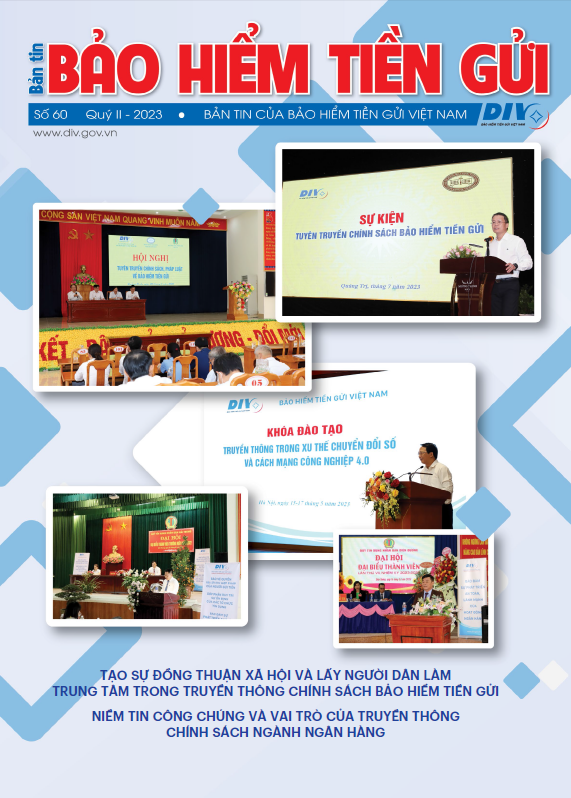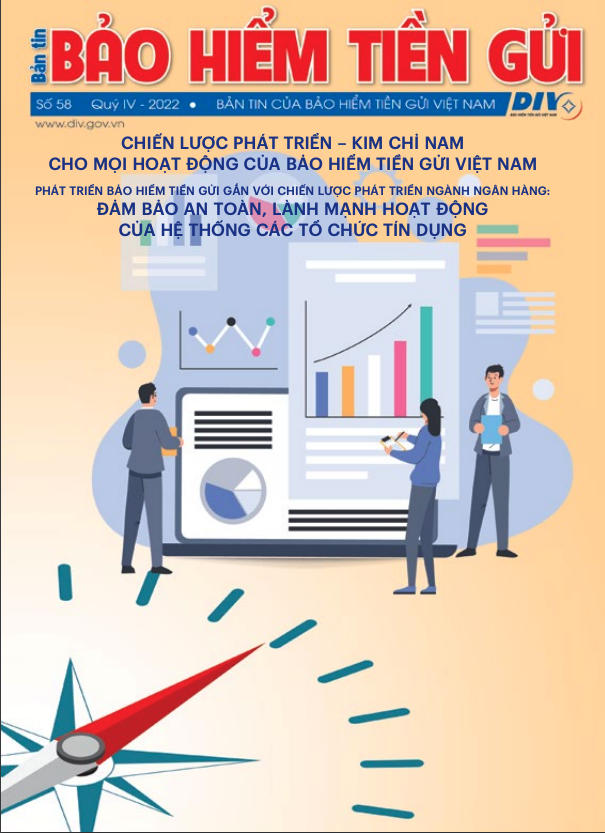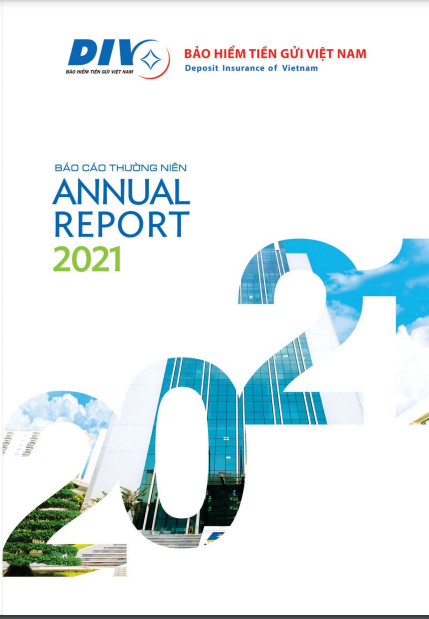Flexibility for benefits of depositors
In Vietnam, the Law on DI stipulates that a DI coverage limit is the maximum amount to be paid by the DI organization for all insured deposits of a depositor with an insured institution when the insurance payment duty arises. The Law on DI does not stipulate a “fixed” limit but empowers the Prime Minister to make decisions upon the request of the State Bank in each period. This ensures flexible adjustments to the DI coverage limit when necessary to match the socio-economic conditions, living standard in each period, thereby better ensuring the legitimate rights and benefits of depositors.
Until now, Vietnam has been applying one single DI coverage limit and this limit has been increased twice. Specifically, insurance limit was first set at 30 million dongs (1999 – August, 2005); then adjusted up to 50 million dongs (September, 2005 – July, 2017); and to 75 million dongs effective on August 05, 2017. As assessed by the Deposit Insurance of Vietnam, the limit of 75 million dongs as of June, 2020 could fully protect over 87% of insured depositors in Vietnam. As such, the DI coverage limit is set flexibly as the Prime Minister shall decide to change the limit in each period to ensure the rights and interest of depositors.
According to Dr. Le Xuan Nghia – member of the National Financial - Monetary Policy Advisory Council, the current limit of 75 million dongs is 1.25 times the average income per capita of the Vietnamese, while according to the recommendations of the International Association of Deposit Insurance, the DI coverage limit should be at least twice as much as the average income per capita. Many countries all over the world have DI coverage limits which are 3.5 – 4 times as much as average incomes per capita (the US, German etc.).
Approaching international practices
The Government is expected to increase the DI coverage limit to 125 million dongs per insured depositor at an insured institution, which is twice as much as GDP per capita in Vietnam and as calculated by experts, this level can fully protect 90% of insured depositors. The expected insurance limit of 125 million dongs is also suitable for the increase in incomes of almost all depositors, especially of the fast growing middle class in Vietnam, and in line with the fairly strong growth of the total assets of credit institutions.
Dr. Le Xuan Nghia said that the intention of the Government and the State Bank to increase the DI coverage limit in the coming time is completely rational, and a step closer towards international DI practices and meets the practical needs of Vietnam today. However, in the long term, for such an important activity as deposit insurance in Vietnam, together with regular reviews of the DI limit, it is necessary to strengthen the deposit insurer so that it can better undertake its roles of protecting depositors, the financial system and the whole economy according to its mandates and international DI practices.
Another issue is that increasing the DI coverage limit must be consistent with the financial capacity of the Deposit Insurance of Vietnam (DIV) because the DI limit should be raised to better protect depositors while the insurance premium rate must remain the same to ease burdens on insured institutions in the context of complicated developments of the Covid-19 pandemic and the banking system having been making great efforts to support people, enterprises to overcome difficulties to restore production. Regarding this issue, according to the management board of the DIV, the DIV’s financial capacity has grown considerably over the past years. From June 2017 to September 2020, the Operational Reserve Fund of the DIV increased from 31,000 billion dongs to over 61,000 billion dongs, the total asset grew from over 36,500 billion dongs to nearly 68,000 billion dongs. The DIV affirmed that this is a significant resource to ensure its readiness to reimburse depositors (when necessary) as well as help the organization to undertake its assigned tasks better and participate more deeply and effectively in restructuring credit institutions.
Positive impacts
It can be said that the DI coverage limit of 125 million dongs is consistent with international practices and the current socio-economic development conditions of Vietnam as well as the performance of Vietnam’s credit institution system. Therefore, if approved by the Prime Minister, according to experts, the new insurance limit will make positive impacts on the market.
For depositors, international experience and reality have proved that a DI coverage limit not only is a pure economic measure, reflecting the amount of insurance depositors can get when the DI payment duty arises but also affects the behaviors of depositors when the DI payment duty does not arise. Since deposits are not just savings but the money people may spend their whole life to accumulate, a reasonable DI coverage limit will make depositors feel more assured when depositing money at credit institutions, more confident not to withdraw their deposits from credit institutions, causing bank-runs once there is a fluctuation or circulation of negative information in the banking-finance system. This, in turn, will restrict contagious effects of bank failures, contributing to maintaining stability of the banking system in particular and the economy in general.
For insured institutions, a DI coverage limit is a significant instrument of deposit insurance policy, directly protecting the rights of depositors – clients of deposit-taking institutions. An enough high DI coverage limit can maintain the trust of depositors in the banking system, and encourage people to deposit money at credit institutions, promote capital growth for investment and development.
Increasing the DI coverage limit can draw more attention of people to deposit insurance policy, contributing to improving the position of the DIV in the banking system and the images of the DIV to depositors.
Raising the DI coverage limit also helps to keep the banking system in particular and the economy in general stable, thus making positive impacts on related individuals, organizations.
